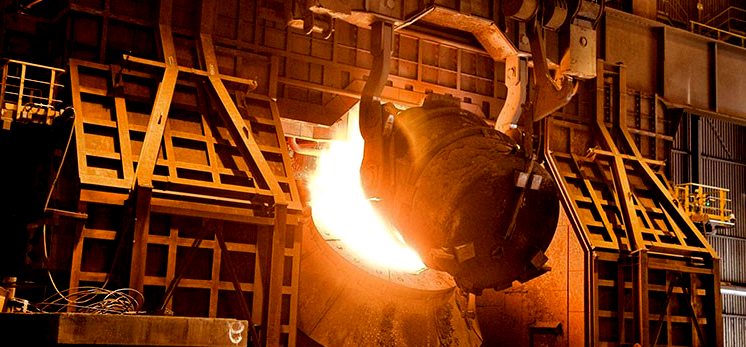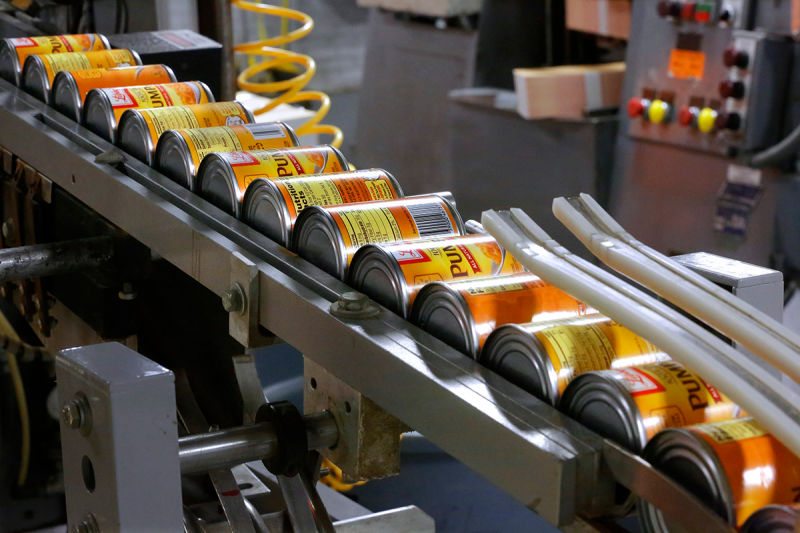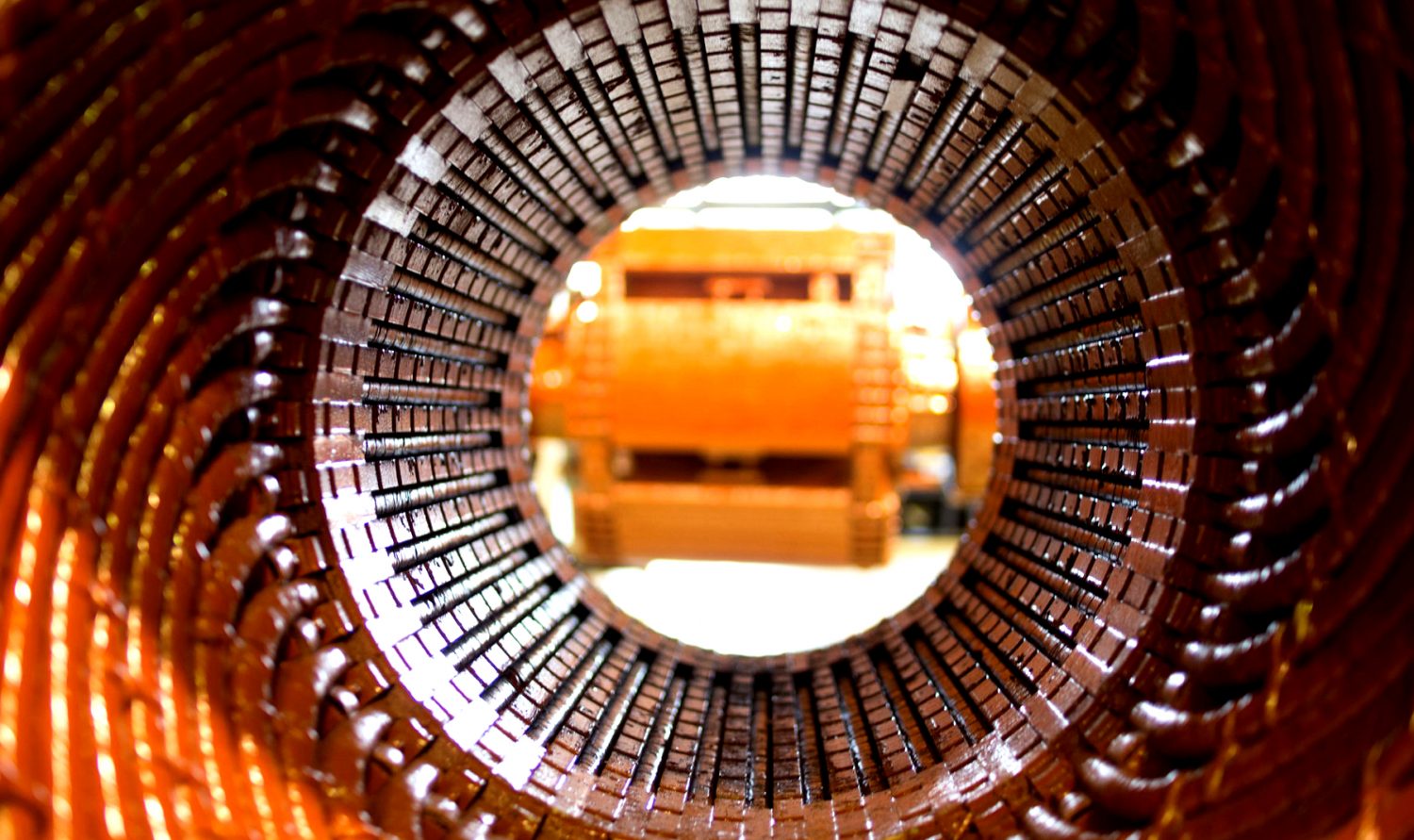ABB Variable Speed Drives
ABBvariable speed drives are designed formotor-driven applications in any industry and all power ranges. ABB variable speed drivesare compatible with nearlyall processes, automation systems, users and business requirements. The innovation behind ABB variable speed drives is architecture that simplifies operation, optimizes energy efficiency and helps maximize process output. At the core of ABB variable speeddrives isDirect Torque Control (DTC).ABBs DTC is premiummotor control technology that enables highly accurate open and closed loop control. ABB drives aredesigned for industrial applications such as those found in pulp and paper, metals, mining, cement, power,chemical, oil and gas, water and wastewater, and food and beverage.
ABB Variable Speed Drives Product Overview
ABB variable speed drives for general purpose applications are designed forfans, pumps, mixers, and conveyors. ABB general purpose drives are also beneficial in the food and beverage industries, material handling, chemical, rubber and plastics, textile and printing and more. ABB general purpose drives are easy to select, install, configure and use. ABB variable speeddrives for general purpose applicationssave installation technicians time by standardizing most drive features to be built-in.
ABB micro drives include models ACS55 and ACS150. ABB micro drives are very easy to install and set up. ABB micro drives provide flexible mounting alternatives and straightforward configuration for many basic applications. Each drive is tested before it leaves the factory providing high machineavailability. ABB local customer and technical support is available no matter where ABB micro drives are delivered and installed.
ABB machinerydrives include models ACS355 and ACS850. ABB machinery drives are designed to meet the production and performance needs of machine builders, system integration specialists, panel builders and end users. ABB machinery drives can be flexibly programmed to meet the demands of different machine solutions. A wide range of features and options provide optimal solutions.
ABB ACS880 single drives are complete drives and can be installed without any additional cabinet or enclosure. ABB single drive modules configuration contains a rectifier, optional EMC filter, reactor, DC link and an inverter in one single AC drive unit. ABB single drives are available as wall-mounted, free-standing and cabinet-built constructions. The key features of ABB single drivesare programmability and configurability during both ordering and commissioning, which makes adaptation to different applications easy.
ABBs ACS880 multi-drivesare mounted into a cabinet and the complete assembly isoffered and delivered as one package. Often, the multi-driveswill include additional accessories such as contactorsand earth fault protection units. ABBmulti-drives are built from ABB industrial drive modules connected to a common DC bus. This enables a singlepower entry and common braking resources for several drives.This construction simplifies the total installation, and results in many benefits, including: savings in cabling, reducedinstallation and maintenance costs, reduced line currents and more.ABB multi-drives are built-to-order products.
To learn more about ABB variable speed drives, visit the ABB Website. For ABB variable speeddrives repair and replacement quotes, contact Precision Electric.









